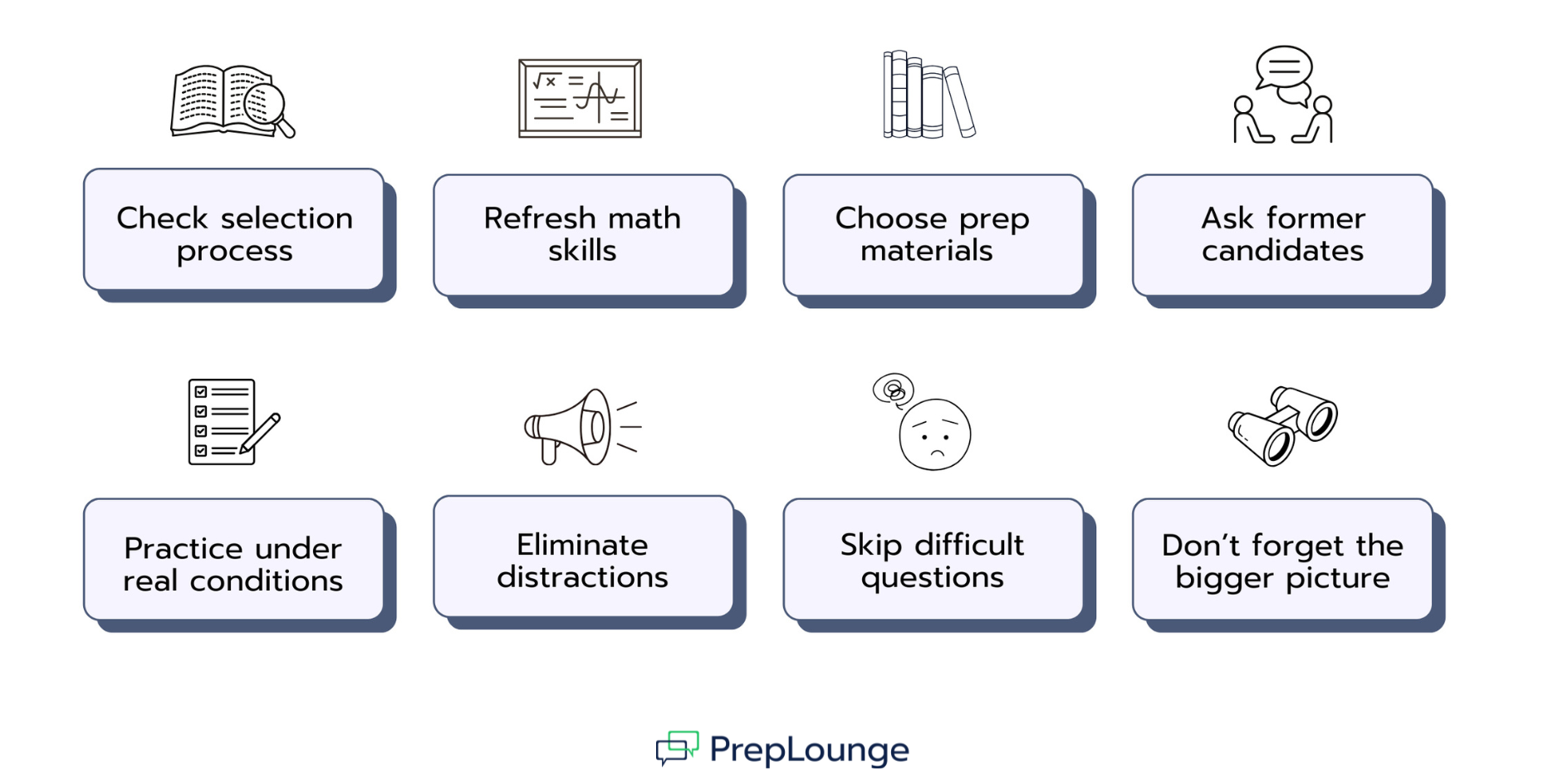The test typically lasts 20 minutes and includes up to 30 multiple choice questions focused on math and data reasoning. You can navigate between questions, but time per question is under one minute.
Many consulting firms include an online test as part of their hiring process. Oliver Wyman is no exception, using the Numerical Reasoning Test to assess candidates. Compared to other tests, this one is particularly challenging and is considered one of the toughest in consulting. But don’t worry! With our tips and the right preparation, you'll breeze through the Numerical Reasoning Test.




